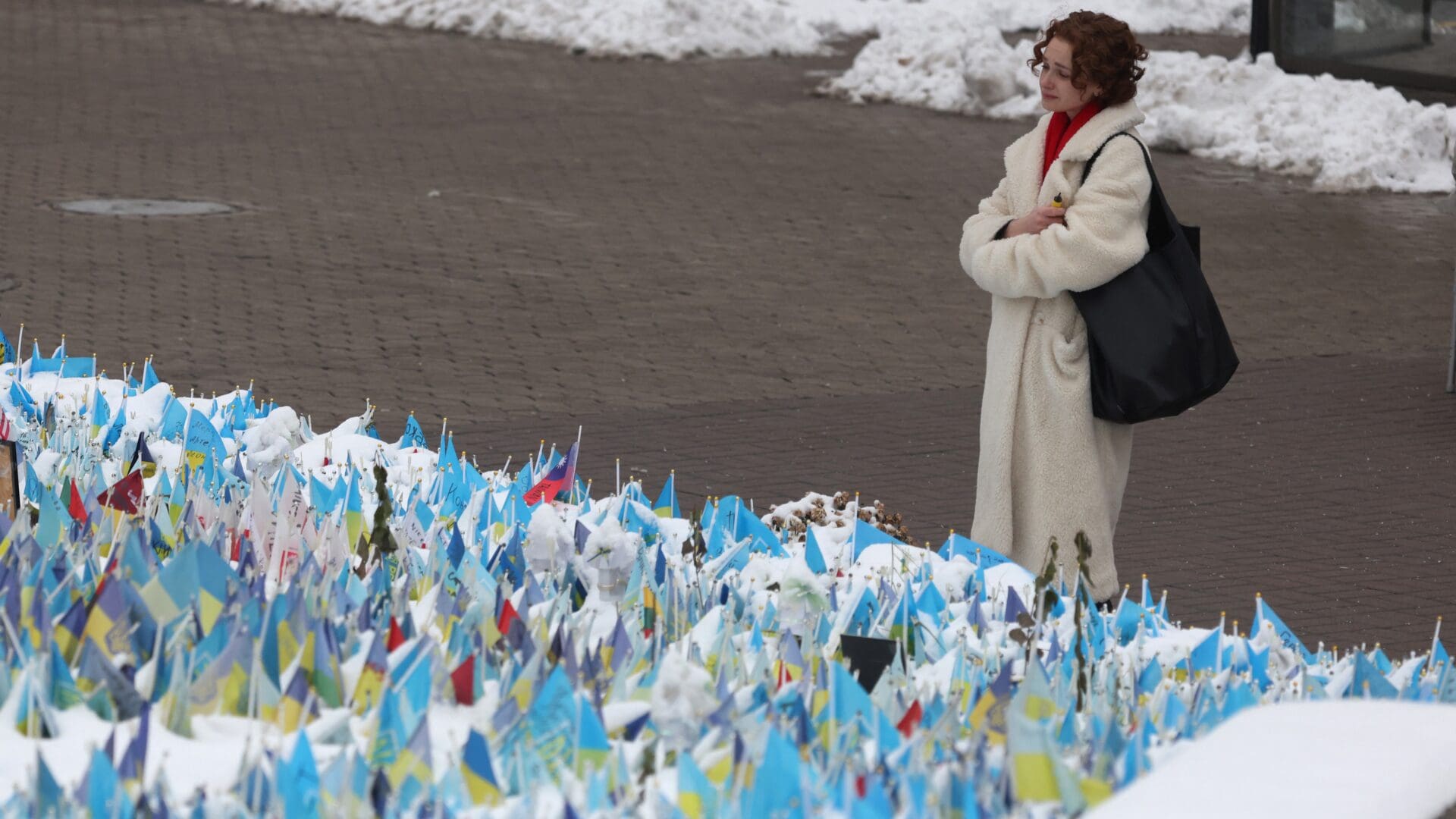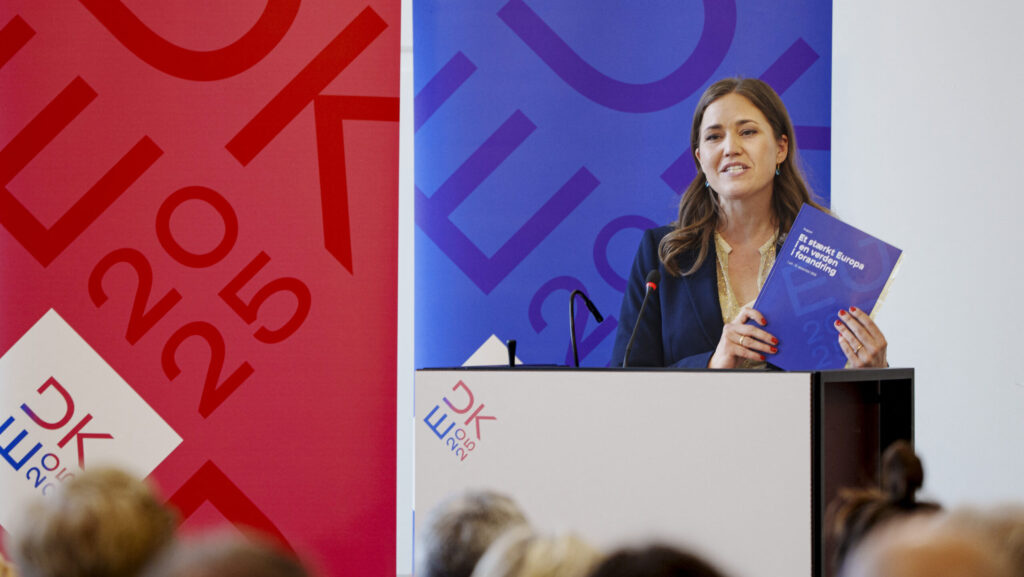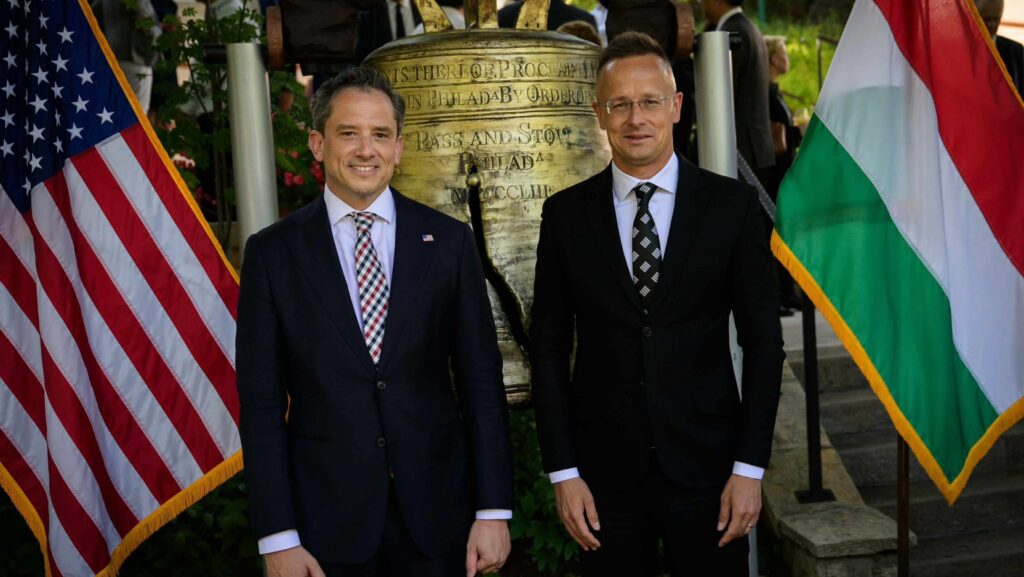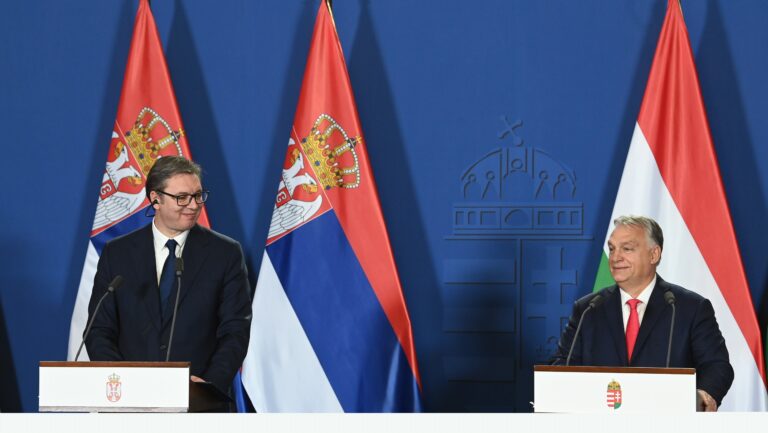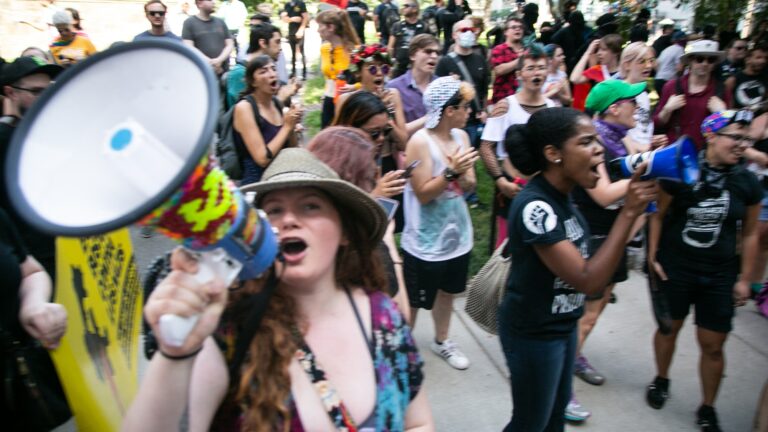Hungarian Prime Minister Viktor Orbán made headlines, again, for threatening to use his veto power at an EU summit this December to block aid to Ukraine and halt its bid to join the bloc. Having previously criticized the EU’s failed strategy in its support for to his war-torn neighbour in a letter to European Council President Charles Michel, Orbán demanded for a new game plan arguing that Ukraine will not win the war:
‘Today, everyone knows, but does not dare to say, that this [EU] strategy—(‘the Ukrainians must win, the Russians must lose’) has failed. All military experts say that Ukraine will not win at the front.’
It has been nearly three years since Russian President Vladimir Putin unjustly invaded Ukraine with his full forces. Thinking he would be unopposed as when he invaded and annexed Crimea, the Russian despot was met with an unexpected robust resistance by the Ukrainians. However, as the Hungarian prime minister hinted, there is that unpleasant reality in which the struggle to reverse the Russian aggression is just not going to happen.
Ukraine, first and foremost, has yet to deliver a decisive battle
that would turn the tide of the war. Notwithstanding optimist opinion, as recently admitted by Ukraine’s top military commander, General Valery Zaluzhny, the war has reached a ‘stalemate‘—with intense and exhausting battles yielding little territorial gains. Consequentially, funding for the war from Ukraine’s allies may run dry sooner than later.
Facing the Reality of a Military Stalemate
The truth of the matter is that Ukraine’s counteroffensive launched in June seems to have gained little success, despite Ukrainian President Volodymyr Zelensky saying in September that it is ‘moving forward’.
‘Our briefings are sobering,’ said Mike Quigley, the co-chair of the US House of Representatives Ukraine Caucus, during an August interview. While a senior Western diplomat stated:
‘Russians have a number of defensive lines and they [Ukrainian forces] haven’t really gone through the first line. Even if they would keep on fighting for the next several weeks, if they haven’t been able to make more breakthroughs throughout these last seven, eight weeks, what is the likelihood that they will suddenly, with more depleted forces, make them? Because the conditions are so hard [it is] highly unlikely [Kyiv could] change the balance of this conflict.’
Over the past eleven months, during which both Russia and Ukraine launched major offensives, little more than five hundred square miles of territory has changed hands—that amounts to less than one-fifth of one per cent of Ukraine’s territory. And as the war approaches its third year, with the cold winter setting in, and with Ukrainian manpower is running low, Kyiv’s effort to reverse the Russian aggression will all likely continue to be at an impasse.
The Possibility of the Well Drying Up Soon
Despite the Ukrainians demonstrating a determined zeal to defend their land against the Russian aggressor, they have yet been unable to break through Russia’s formidable defences. Zelensky’s unfulfilled promise that Ukraine would expel all Russian forces from Ukrainian land and fully restore its territorial integrity, including the Crimean peninsula, has led to an apathy or unwillingness to continue providing military and economic support on the part of both the United States and Europe.
As per a New York Times report, more than 90 per cent of the approved US military funding for Ukraine has been spent, and delays in getting more assistance approved by the US Congress, more so under of the new Speaker of the House of Representatives, Mike Johnson, are starting to be felt on the battlefield. Indeed, all US aid may be cut off if President Donald Trump is re-elected, which polls indicate he will. He has not only criticized the level of support the Biden administration has thrown behind Ukraine, but has also vowed that he would ask Europe to cover the US costs of restoring stockpiles of weapons sent to Ukraine. Not to mention, an unconfirmed November report by the German tabloid Bild claimed that Washington is already restraining the scope of arms deliveries to quietly push Ukraine to the negotiation table with Russia.
Soldiers in the thick of the fight are keenly aware of how dependent they remain on Western support, specifically from the US.
‘Ukraine itself is unlikely to be able to do anything to turn the situation around; it’s a question of allies’, said Synoptic, a soldier with the 110th Mechanized Brigade, which has been defending Avdiivka—a city located by the Russian border in Donetsk Oblast, Ukraine’s most populous province—since start of the full-scale war last year.
Philip M. Breedlove, a retired US Air Force general and former NATO commander, said: ‘This war will end exactly how Western policymakers want it to end.’
If the West continued to give the Ukrainians ‘only what they need to stay on the battlefield rather than what they need to win’, he added, Ukraine would eventually succumb to Russian aggression.
What, then, can bring an end to the fighting?
Confronting Putin with a Ceasefire
Both the US and Europe must first realize that Putin will continue to maintain a stronghold in the Donbas province, specifically the eastern regions, Luhansk and Donetsk, composed of over eight million ethnic Russians. This does not disavow his vision, as that of the West, of controlling the Ukrainian land since it is the breadbasket of the world—according to UN Food and Agriculture Organization, Ukraine is the fifth largest exporter of wheat in the world having held a global market share of 10 per cent between 2016–17 and 2020–21.
It is no secret that for Putin the goal is not so much to defeat an enemy force at bay as to fight neighbours or alliances that oppose him, such as NATO. In the case of this conflict, Putin is trying not only to stifle Ukraine’s independence but also, he claims,
to weaken NATO in a generational struggle to salvage the Russian motherland.
Washington and the EU need to take an entirely different approach, one that may actually work, and that is facilitate a ceasefire. Convincing Zelensky to consider this does not necessarily mean that Ukraine is to give up on restoring its 1991 borders or on holding Putin’s government responsible for the death and destruction he has caused since invading the country.
A ceasefire would not only save lives, it would also provide a window of opportunity for economic reconstruction to get underway in Ukraine—it would allow Ukrainians to begin rebuilding their lives. It, too, would enable the country to devote incoming Western arms to investing in its long-term security rather than to quickly expand weaponry on a deadlocked battlefield.
Of course, both sides need to agree to the ceasefire terms. Moscow’s compliance is not out of the question. Russian forces have equally suffered catastrophic casualties—300,000, including as many as 120,000 deaths and 170,000 to 180,000 injuries, says US intelligence; Ukrainian deaths were close to 70,000, with 100,000 to 120,000 wounded. In the end, a ceasefire would also demonstrate how ineffective Russia has been in its aggression, for Ukraine is still a free nation. A reason perhaps why Putin, according to the Kyiv Post, offered this past November to halt its invasion of Ukraine on the condition that Ukrainian Zelensky’s government abandon its ambition to join NATO.
With global attention now shifted toward the war in the Holy Land, it would be both in Ukraine’s and the US-led West’s interests to push for a ceasefire. The present line of Zelensky is no longer a war of necessity, but rather a war of choice—a fight to recapture Crimea and much of the Donbas region in Eastern Ukraine. Not only is this not a reality, but it is also one that will eventually risk losing Western support over time, to say nothing of the increase of casualties.

